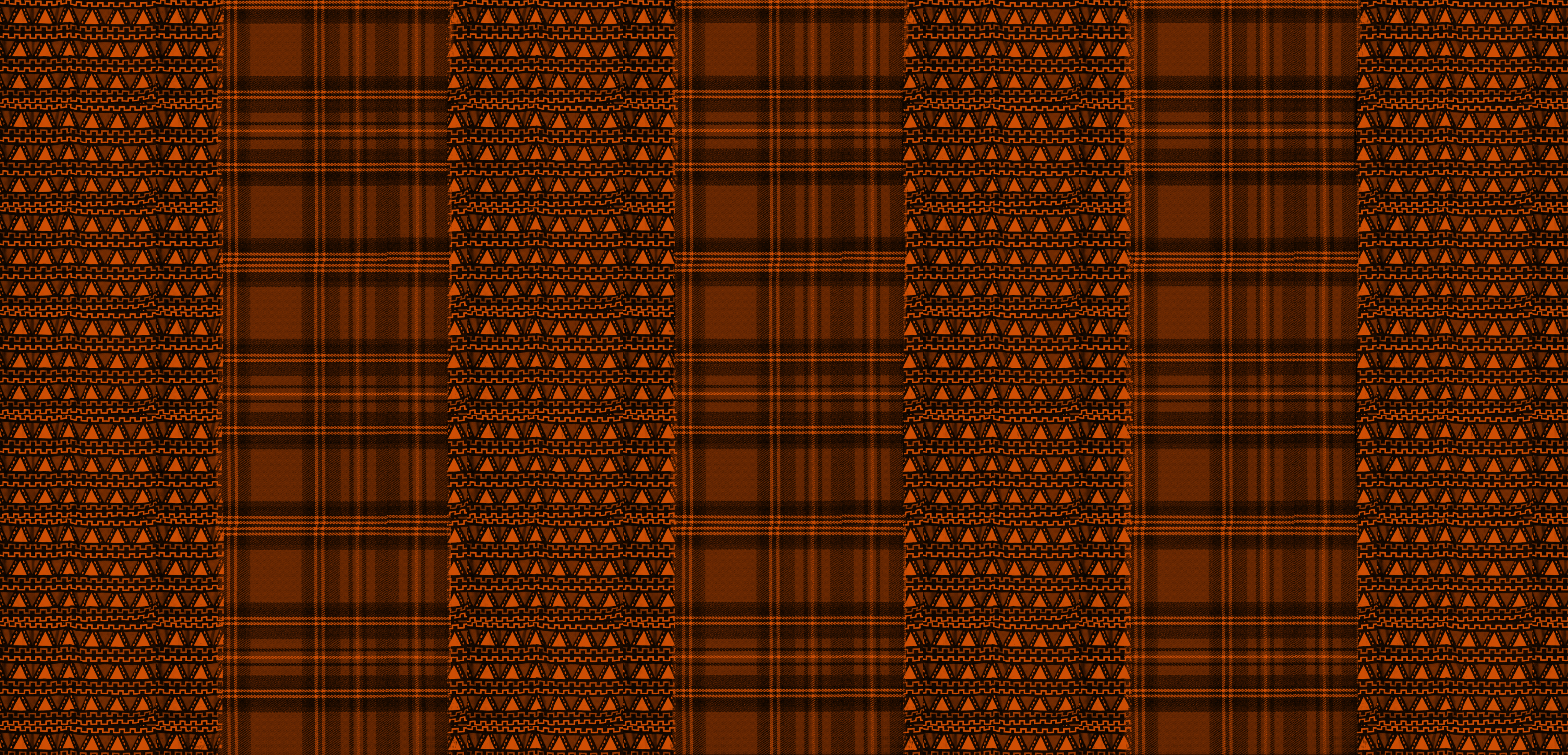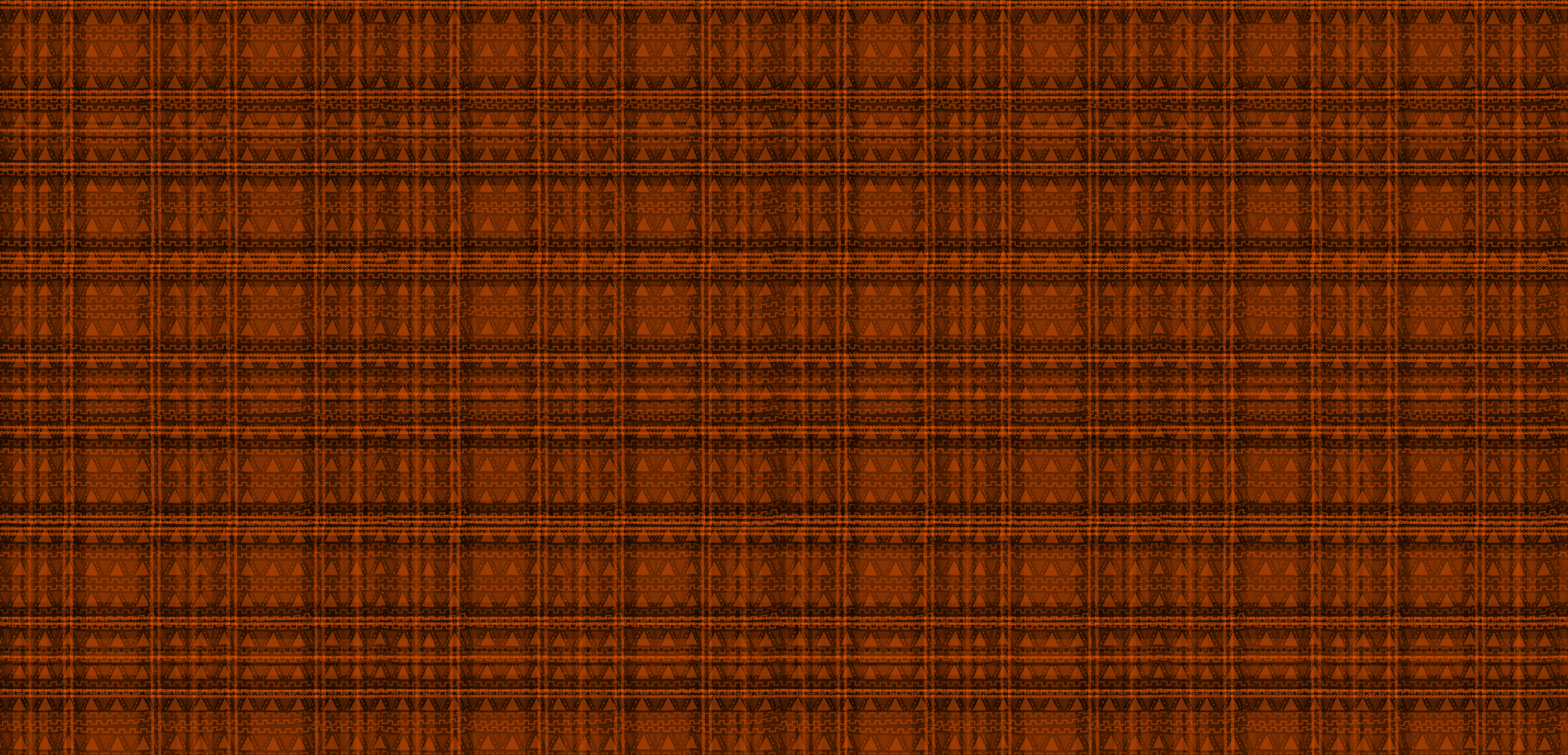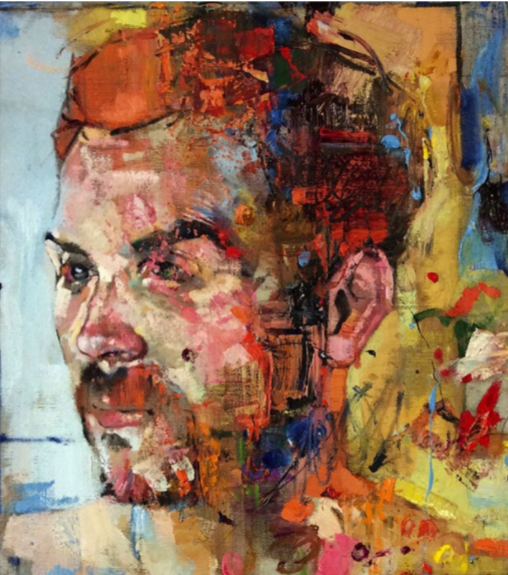About Slavery Project

Sketchbook
Visual Inspiration
Movement Comparison
Flowing Movement


African and Scottish Comparison
GIF Background


Blended and Layered Comparison
GIF Background


African and Scottish Comparison
GIF Object


Blended and Layered Comparison
GIF Background


GIF
Philosophical Aesthetics
Representation
What Is Representation?
Expression
What Is Expression?
Aesthetic Experience
What Is Aesthetic Experience?
Institutional Theory
What Is Institutional Theory?
Postmodernism
What Is Postmodernism?
Postcolonialism
What Is Postcolonialism?
Essay
Did Slavery Start Scotland's Racism?
Introduction
Theories used; Postcolonialism & Expressionism
In my project I explore the two theories of Postcolonialism, ‘the historical period or state of affairs representing the aftermath of Western colonialism; the term can also be used to describe the concurrent project to reclaim and rethink the history and agency of people subordinated under various forms of imperialism.’ and Expressionism ‘In expressionist art, colour in particular can be highly intense and non-naturalistic, brushwork is typically free and paint application tends to be generous and highly textured. Expressionist art tends to be emotional and sometimes mystical.’
Using these two theories this essay will cover and critically evaluate the work that was created throughout the project. During this project a prominent factor theory wise was Postcolonialism. The focus of this project is the question ‘How did racism start in Scotland and how that is then compared to how Black people are treated in Scotland today?’ My research on racism during the time of slavery in Scotland and how it could be the source of racism today.
Main
Research
There was strong Scottish involvement in trade to the West Indies as part of the crucial ‘triangular trade’ between Britain, Africa and the West Indies. Scottish involvement was especially strong in Jamaica, where, by 1800, Scots owned some 30 per cent of estates. Jamaica itself contained nearly 40 per cent of the West Indies’ slave population and Scots were actively involved at all levels: as owners, investors, overseers, doctors and slaving crews. The link between the Scottish economy and the West Indies was a strong one after the American Revolution and both imports from the West Indies, especially of slave-grown produce such as sugar and tobacco, and exports to the West Indies, especially of textiles, grew rapidly towards the end of the eighteenth century. Given the importance of the slave trade and slavery to Scotland’s economy at the time it is also important to realise that Scotland also produced many men who defended the slave trade and slavery in this period. For example, the Glasgow West India Association in the early nineteenth century was a lobbying group that tried to convince people of the economic and social benefits of slavery, not only for Scottish people but for the West Indian slaves themselves. In the wake of the video showing the death of George Floyd under the knee of a police officer in the city of Minneapolis, the latest in a long line of outrages, there has been a surge of support for the BLM movement across the world. Recent calls for justice for George Floyd to demand a full reckoning with structural and personal racism in our own respective towns and countries. In Glasgow, the Green Brigade is a group of Celtic ‘ultras’ that added alternative names to Glasgow streets associated with tobacco lords. In an act which Alan Rice calls ‘guerrilla memorialisation’, Ingram Street became anti-slavery icon ‘Harriet Tubman Street’ Wilson Street became civil rights activist ‘Rosa Parks Street’ Glassford Street became the Black Panther ‘Fred Hampton Street’.
African
The first Gif ‘The African GIF’ has a flowing object symbolising an African person content, free and pre slavery. The object is soft and flowing to show the freedom they originally had in the beginning and also draws visual representation from the fires used in traditional ceremonies/ festivities. The background is a traditional African Pattern used to display the shapes used in many patterns for objects such as pots, vases, traditional weapons and fabrics. The colour was used as most traditional African objects and colour pallets were neutral or burnt tones such as brown, orange, red and yellow.
Scottish
The second GIF ‘The Scottish GIF’ has a sharp rigid object symbolising a Scottish person cutting through and invading. The object is sharp and draws inspiration from the traditionally Scottish dagger the Scottish Dirk. The background is a traditional Scottish tartan originally used to symbolise Scotland's heritage, region or clan. The tartans meaning depended on the colour and pattern however as they invaded Africa to enslave them the colour matches the African colour pallet.
Blended
The third GIF ‘The Blended GIF’ has both African and Scottish objects separated, working out of sync and against each other like they do not belong together and are fighting each other. This is meant to draw inspiration from the struggles the BLM movement has brought to light which is the history post slavery of white people continuously belittling, degrading, profiling and overall looking down on black people because of the colour of their skin and the unfortunate mindset white people have of a superiority over anyone not white. The background also mirrors the same interpretation as the two patterns are also separated and blocked.
Layered
The fourth GIF ‘The Layered GIF’ has both African and Scottish objects however they now right on top of each other, are in sync and have started merging together showing both working together fighting together. This is meant to draw inspiration from the reward and future post the BLM movement which is the equality between people of all races. The background also mirrors the same interpretation as the two patterns were layered on top of each other and also merging together.
Conclusion
In conclusion I believe that the two theories of Postcolonialism and expressionism were required to understand my project pieces. Without the postcolonialism context along with the idea of the techniques used in expressionism artworks my GIFs would not portray their intended meanings. The two theories are required together to fully understand the GIFs however both Postcolonialism and Expressionism could work solely alone with my project pieces.
Bibliography
Expressionism – Art Term | Tate (2021). Available at: https://www.tate.org.uk/art/art-terms/e/expressionism (Accessed: 14 April 2021).
postcolonialism | History, Themes, Examples, & Facts (2021). Available at: https://www.britannica.com/topic/postcolonialism (Accessed: 14 April 2021).
Postcolonial Theory (2021). Available at: https://www.oxfordbibliographies.com/view/document/obo-9780190221911/obo-9780190221911-0069.xml (Accessed: 15 April 2021).
Society, T. et al. (2021) Scotland and Black Slavery to 1833, Scottishhistorysociety.com. Available at: https://scottishhistorysociety.com/scotland-and-black-slavery-to-1833/ (Accessed: 16 April 2021).
Confronting the Legacy of Slavery in Scotland (2021). Available at: https://dundeescottishculture.org/history/confronting-the-legacy-of-slavery-in-scotland/ (Accessed: 16 April 2021).
Scotland and Slavery - Black History Month 2021 (2008). Available at: https://www.blackhistorymonth.org.uk/article/section/history-of-slavery/scotland-and-slavery/ (Accessed: 16 April 2021).
Research Links
Search | Legacies of British Slave-ownership
How slavery made the modern Scotland | HeraldScotland
Scotland and Black Slavery to 1833
Scotland and Slavery: Consequences of the Slave Trade Today
Legacies of Slavery in Glasgow Museums and Collections
Learning about Slavery, Past and Present – Legacies of Slavery in Glasgow Museums and Collections
It Wisnae Us – The Truth about Glasgow and Slavery
An artist’s slavery relics and reimagined KKK robes show us the reality of systemic racism |
UCL slavery database - Google Search
Naomi Klein This changes everything Paul Mason: Postcapitalism - Google Search
(14) Feet of Song - Erica Russell - YouTube
(873) Edward Said - Framed: The Politics of Stereotypes in News - YouTube
(873) Edward Said and Orientalism: A Simple Explanation - YouTube
(873) Imagined Communities - YouTube
(873) Imagined Communities by Benedict Anderson Book Summary - Review (AudioBook) - YouTube
(873) The World Today: Imagined Communities - On British Nationalism - YouTube
(873) BENEDICT ANDERSON: Imagined Communities - YouTube
Thomas Carlyle, historian, writer, racist – Legacies of Slavery in Glasgow Museums and Collections
A Free Press but not a Free People – Legacies of Slavery in Glasgow Museums and Collections
Confronting the Legacy of Slavery in Scotland
A fashionable accessory? – Legacies of Slavery in Glasgow Museums and Collections
Scotland’s historic role in the ongoing fight against racial discrimination. | Scotland.org
British Empire was forged out of slavery, racism and oppression – Kenny MacAskill | The Scotsman















